When talked about veneer, the first thing that would come to your mind is that it is the coating of different furnishings and furniture, built from fine wood sheets of different types. Well, the veneer is a significant part of kitchen and bathroom layouts. It is also used for shop windows and shelving. Veneer comes in different types to guarantee a beautiful decoration.
But what are the different types of veneers? There are actually several types of veneers that you can find nowadays. These woods differ in color, method of production, and ensuing handling. You are about to discover from this article the various veneer types as well as their characteristics.
What is a Veneer?
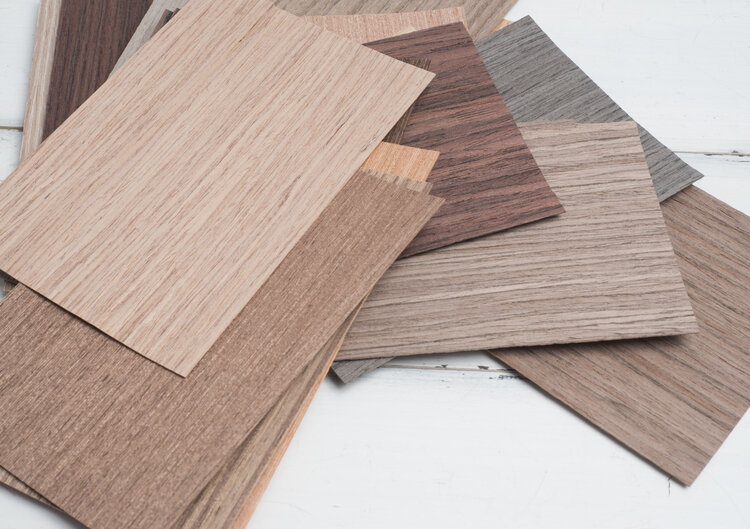
The veneer is formed by unrolling wood from a particular trunk to get a sheet of actual wood which is then trimmed to the preferred size. Hence, veneers possess the entire traits of wood, however, they are more manageable to cut.
Furthermore, veneers are characterized as fine sheets, ranging from 0.3 to 3mm, derived by slicing the logs crossways. They should be used to substrates of the not so dignified materials like MDF, chipboard, honeycomb, and blockboard to generate elements for the furnishings or making of furniture that have the same look like solid wood, however with lesser prices and superior quality.
Veneer Types
There are a few types of veneers based on the characteristics, manufacturing method, and looks. Here are some of the most common types of veneers:
1. Raw Wood Veneer
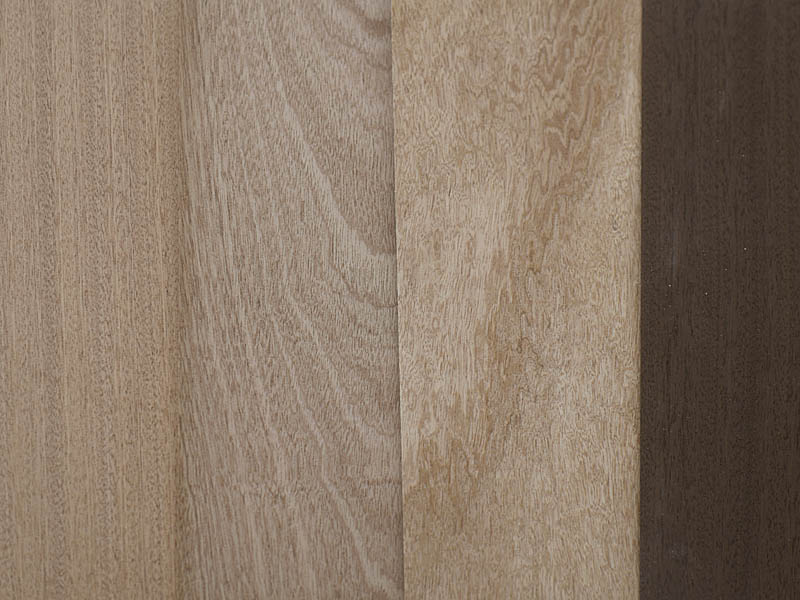
Raw wood veneers are derived from exotic species of wood. Considering the variations of exotic wood species, raw wood veneers are largely available in different grain structures. These veneers are very supple and enduring, especially that the majority of the species of trees where it came from are classified as hardwood.
Compared to other veneer types, raw wood veneers are more affordable. Furthermore, these veneers look similar on both sides, thus, you have to option to use any side. Nevertheless, once you start applying a finish, you will notice that the other side will exhibit a unique look since there will be a transformation on the wood cells.
Moreover, these veneers are only applicable to flat areas.
2. Backed Veneers
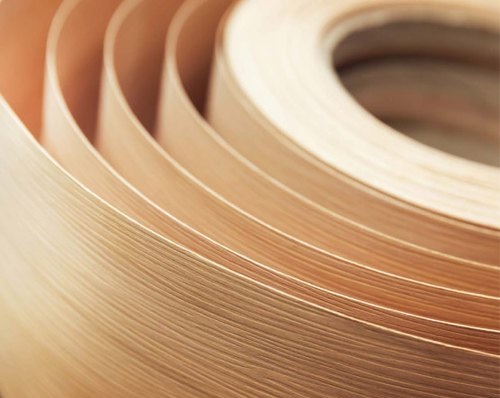
Backed veneers are the priciest among the varieties of veneers. They assimilate another material to provide more resilience and strength. Paper, foil, cloth, or plastic may be utilized for backing. The material is then fixed to one side.
These types of veneers are used on curved and flat surfaces. You can find these veneers in either small, medium, or bigger sizes since veneers in smaller pieces are brought together before the attachment of the backing material.
Even though backed veneers cost the highest, all efforts are exerted to suit the wood grain when manufacturing the backed veneers. Such a feature guarantees you satisfaction once the installation is done.
3. Laminate Veneer
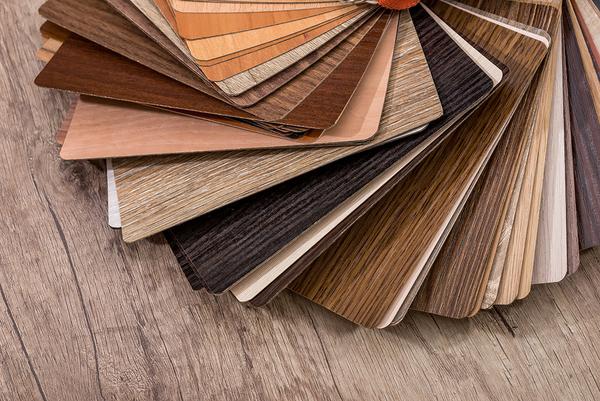
A few thin wood layers are squeezed together to create a material. The use of adhesive aims to compress each layer together. Furthermore, this type of veneer is one of the more malleable ones. You can bend and shape this type of veneer accordingly. This is the reason why a lot of people are using it.
4. Rotary-Cut Veneers
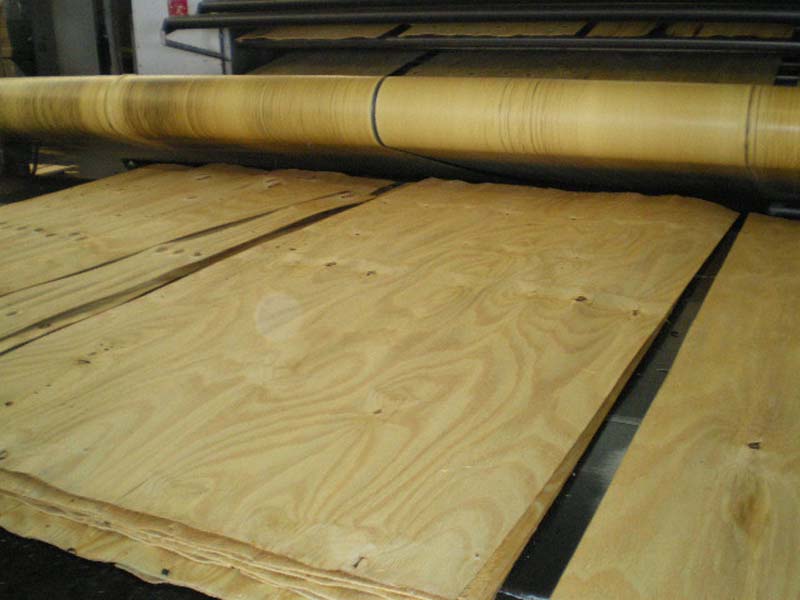
The rotary-cut veneers are the cheapest ones. They are derived from a log while they twirl on a lathe. The log is set on a lathe with a cutting implement adhered to it. While the lathe is curved, the cutter cuts the logs into fine sheets. These veneers are commonly used when finishing wooden doors.
The technology involved in this type of veneer is very economical. It lets you eliminate the highest quantity of wood appropriate for added use from a certain log.
Rotary-cut veneers do not possess unique textural traits. However, they keep an impressive strength.
5. Shop-Sawn Veneers
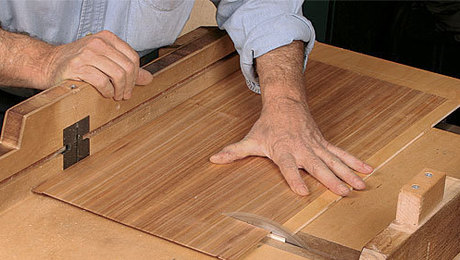
Show-sawn veneers are manually created by the woodworkers who opt to formulate their wood veneers. The woodworkers employ a band saw to trim the veneer from raw wood. However, there is a drawback to this type of veneer.
These veneers are mostly thick. This trait is observed since manual sawing cannot create thin veneer widths which are observed when producing veneers mechanically. Also, this type of veneer does not apply to curved areas.
Conclusion
Veneers offer furniture an embellishing surface composed from genuine wood that also looks like artwork. And what are the different types of veneers? You have just discovered some of the most common types of veneers. Each type highlights an advantage and points out some disadvantages, too.
Currently, you can find a wide selection of veneers in the market. You will just have to determine your requirements and search for the veneer type that fits your needs. You can do well if you are familiar with the types of veneer.
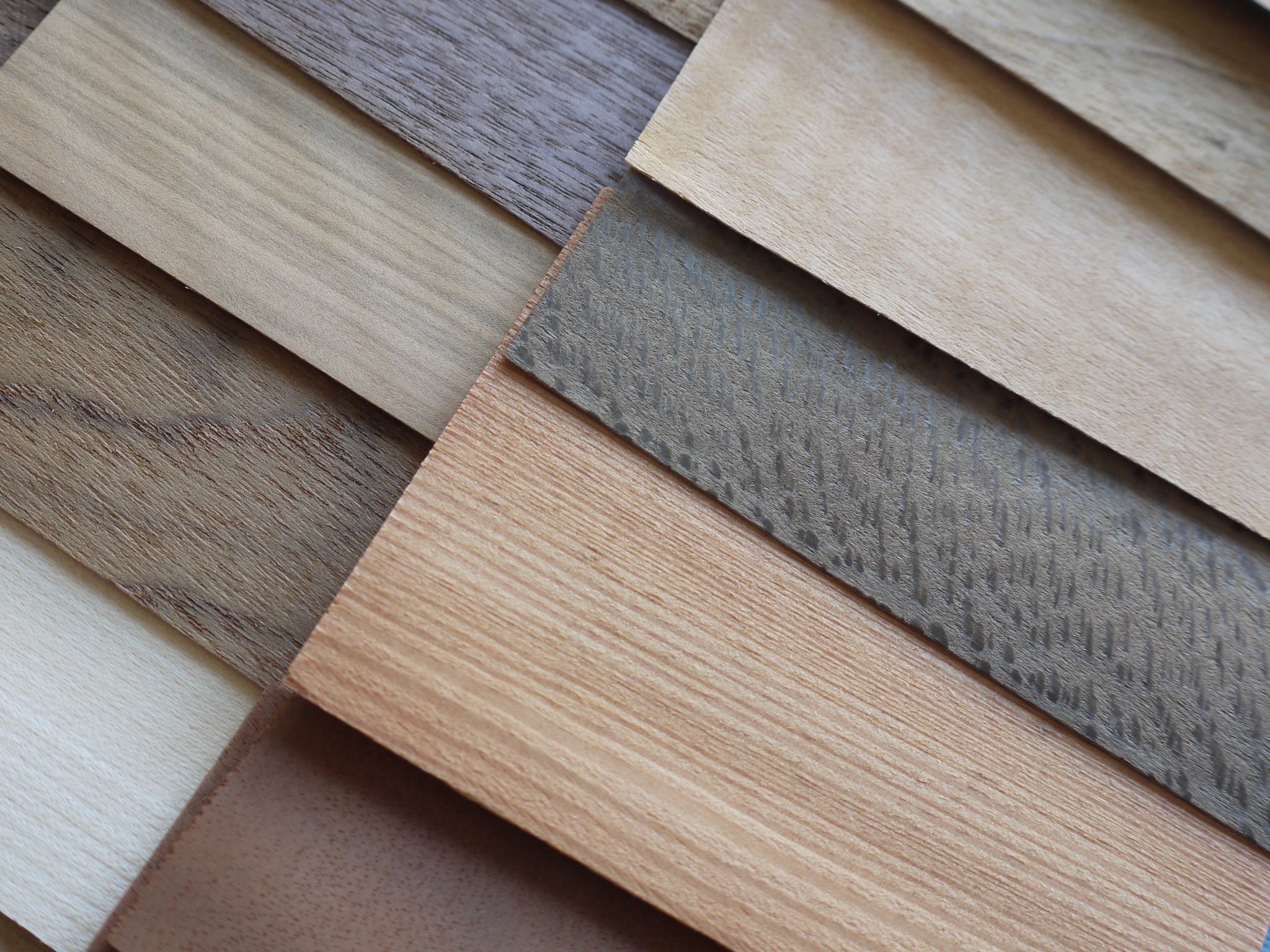
Leave a Reply